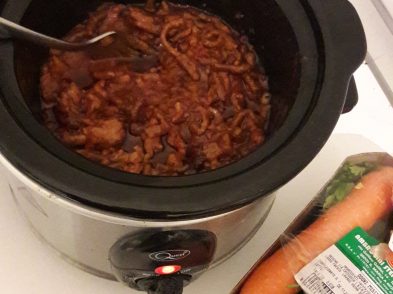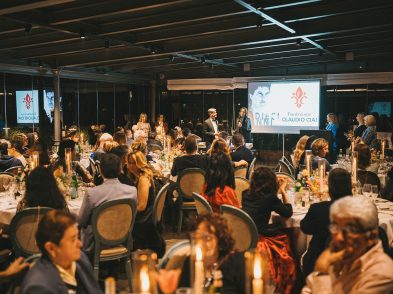Saturday evening, February 29, I found myself eating in an Oltrarno restaurant, Antico Ristoro di Cambi. The place was packed to the gills, but fish was a rare sight on the menu: it was proper Florentine fare, beefy and bready. I was contrary and went for my new favourite, thoroughly southern dish: melanzane alla parmigiana.
Full house on a Saturday night, hardly surprising. Yet this was six days after we had caught practically the last train out of Venice, leaving Tom Cruise and a stranded Mission Impossible 7 crew behind. So February 29, sitrep: Veneto was nearly a week in quarantine, cases in Lombardy were at 615, but down in Florence restaurants were heaving. The name of Coronavirus was no doubt whispered hundreds of times that evening across the tables—oddly, I don’t remember it crossing ours—but few were the faces in which I saw worry. Everyone was out eating and drinking, being sociable, just doing what people do of a weekend.
It’s strange to look back on it, the blitheness of it all. Who knows who had the virus in that sala: not they, I’m sure. Covid-19’s secret weapon has proven to be its incubation period, putting us a constant five to ten days behind it. Certainly, I went to the trattoria that night without qualms, as everyone else seemed to; but no one was dining out in Lombardy, 150 miles up the road.
Maybe everyone present really believed that the virus would pass us by. If climate change teaches us anything, it’s the difficulty of making people look a worst-case scenario in the face. But deep down, I think we all knew that Covid-19, which had after all circumferenced the globe by then, was not going to stop at Italian regional borders. If I could go back and glide unseen between the tables, I think I would get a sense if not of an ending, at least of a last supper, an awareness that overindulgence in unlimited company was not something to take for granted. Eat, drink and be merry, for tomorrow…

Via delle Vigna Nuova, Florence, April 27, 2020 / ph. @alessiochao
Now Florence is creaking back into life. After two months of enforced hibernation, we rub our eyes in the daylight. A minority of shops are open, but a majority of shutters are raised and lights on, as interiors are cleaned, window displays redone, and the gelaterias limber up for the hot weather. The police still patrol in serious numbers: was it ever thus, or does it take a twinge of guilt to notice them, a slight but tense betrayal of misgivings? Most people remain at home, and others, whatever their doubts, feel secure enough to walk the streets without the pretext of a shopping bag, which was not true a month ago.
If—if—there is no second wave, Florence has got off relatively lightly, however little that will mean to those who are mourning loved ones. Exercise within the ill-defined “proximity of one’s home” has never quite been outlawed as it was in Lombardy, the region to have brunted the highest number of infections: currently 75,134 to Tuscany’s 9,292. At 0.25% of the regional population, things could be significantly worse.
Understandably, people are champing at the bit, and I am too. So I cast my mind back to my last year of high school, when my English teacher told me to read as much as possible before entering the world of work: “once you’re there, you’ll read a lot less.” His advice could be applied to self-isolation. A lot of us, I appreciate, are deeply uncertain about whether the world of work will even have a place for us after this. But for those who are secure in their jobs, try to enjoy this lockdown while it lasts, however tiresome it may be. You might miss it when it’s over.








